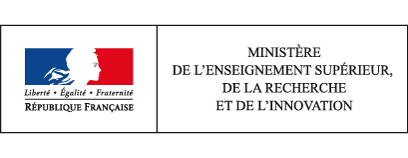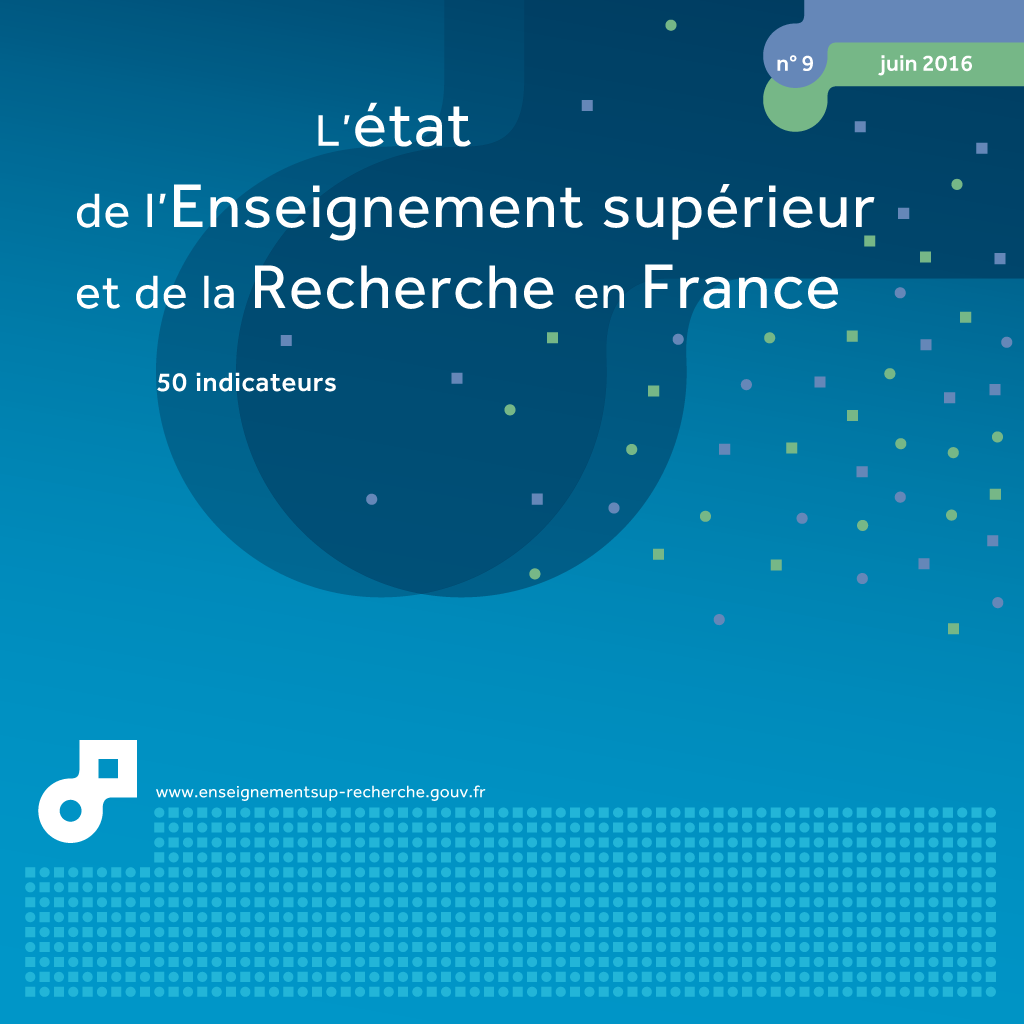03 social support for students
This page has been updated. Read 03. social support for students in Higher education & research in France, facts and figures 10th edition - June 2017
During 2014-2015, nearly 680,000 students received at least one form of financial aid, i.e. around 36% of the population concerned. Financial and social support for students reached nearly 6 billion euros in 2014, 60% of which was direct aid from the State.
During 2014-2015, around 680,000 students received at least one form of financial aid (table 03.01a and table 03.01b). The proportion of students aided was stable compared to the previous year. Over one-third of students (35.8%) enrolled on a course eligible for a support (see opposite) were assisted, which is much higher than the proportion recorded in 2000-01 (28.6%). Several times, the income ceilings for allocating a social support were raised, to increase the number of beneficiaries, and different scales were created in 1999, 2008 and 2013. In autumn 2014, the income ceilings were changed. Consequently, the number of students receiving financial aid of €1,007 (scale 0bis) increased from around 54,000 to 152,000, while the number of students exempted from tuition fees fell drastically. The number of students receiving social support, which now represents 97% of students aided, rose by 2.5% in 2014, while the number of students receiving specific support (one-off or annual) decreased. The proportion of students receiving support was stable in universities (34.7% and classes preparing for admission to Grandes Ecoles (CPGE) (27.7%). It increased significantly in Advanced technician's sections (STS) (47.5%), where this proportion was the highest (chart 03.02).
These data do not however cover the whole scope of direct and indirect financial, social and fiscal support that students can receive.
In addition to scholarships, loans and grants (including emergency aid) paid by the Ministry of National Education, Higher Education and Research, in 2014 direct support included social housing benefit (ALS) and Personalised housing benefit (APL) paid by the National Allowance Fund (CNAF), to which various tax benefits were added (tax reduction for dependent student, granting of an additional half-share allowance when the student is attached to the parents' tax household). Indirect support is also available. This includes social support from the French Regional Student Services Agency (CROUS), support for associations, exemption from payment of tuition fees for grant-holders, university medical and social staff and from the charge levied due to the deficit in the student social security system.
In 2014, the total amount of student support was around 6 billion euros (€bn) compared to €3.5bn in 1995 and 2005 (when it was 51% and 55% respectively). Suports and loans represent the largest expense, at around €2bn in 2014 (33% of the total).
International comparisons in student support published by the OECD only show grants and loans paid by the State, which for France is around €2bn. Housing benefit (ALS and APL) and tax benefits, which represented €2.9bn in France in 2014, are not taken into account in the OECD indicators.
The amount taken into account in international comparisons therefore under-estimates the total amount of support received by students in France. If this support were included under the heading of public support in the same way as grants, then the share of State support would rise from 8.0% to 19.7% (2011 data) of public spending on higher education (chart 03.04).
Elisabeth Algava & Aline Landreau
How to cite this paper :
close
Key figures
students receiving support
Metropolitan France + overseas departments
grant-holders according to social criteria
Metropolitan France + overseas departments
Metropolitan France + overseas departments
Metropolitan France + overseas departments
Metropolitan France + overseas departments
Metropolitan France + overseas departments
03.01a Trend in the number of students receiving direct financial support - by type of support
1 It is possible to combine several types of support. Thus in 2014-15, 12,500 students received a social grant and specific, one-off support. However, it is not possible to combine a social grant and a specific annual allowance.
MENESR-DGESIP/DGRI-SIES
CNOUS
You can embed this table to your website or your blog by copying the HTML code and pasting it into the source code of your website / blog:
close
03.01b Trend in the number of students receiving direct financial support - by type of course 1
1 Social grants, university grants and merit grants.
2 In 2008 and 2009, students enrolled in IUFM (teacher training institutes) within a host university were not counted. There were 13,422 students receiving grants in IUFM within universities in 2009-10.
MENESR-DGESIP/DGRI-SIES
CNOUS
You can embed this table to your website or your blog by copying the HTML code and pasting it into the source code of your website / blog:
close
03.02 Trend in the proportion of students receiving grants by branch of study (%)
1 In 2009, students enrolled in IUFM (teacher training institutes) within a host university were not counted. There were 13,422 students receiving grants in IUFM within universities in 2009-10.
MENESR-DGESIP/DGRI-SIES
CNOUS
You can embed this chart to your website or your blog by copying the HTML code and pasting it into the source code of your website / blog:
close
03.03 Support for students (in €M, %)
1 Merit aid was introduced in 2008.
2 The transport supplement for Ile-de-France students receiving aid was stopped in autumn 2011.
3 Within universities and engineering schools.
4 2013 data.
MENESR-DGESIP/DGRI-SIES
CNOUS
You can embed this table to your website or your blog by copying the HTML code and pasting it into the source code of your website / blog:
close
03.04 Public support (loans and grants) for higher education as a % of public expenditure on higher education in 2011 (%)
On average in the OECD countries, public support (loans and grants) represents 19.6% of public expenditure on higher education.
1 For France, if housing and tax benefits were included, the share of central government aid would rise to 19.7% in 2011.
You can embed this chart to your website or your blog by copying the HTML code and pasting it into the source code of your website / blog:
close
Translation
 Etat de l'enseignement supérieur et de la rechercheL'état de l'Enseignement supérieur et de la Recherche en France n°9 - Juin 2016
Etat de l'enseignement supérieur et de la rechercheL'état de l'Enseignement supérieur et de la Recherche en France n°9 - Juin 201603 - l’aide sociale aux étudiants - Elisabeth Algava & Aline Landreau







